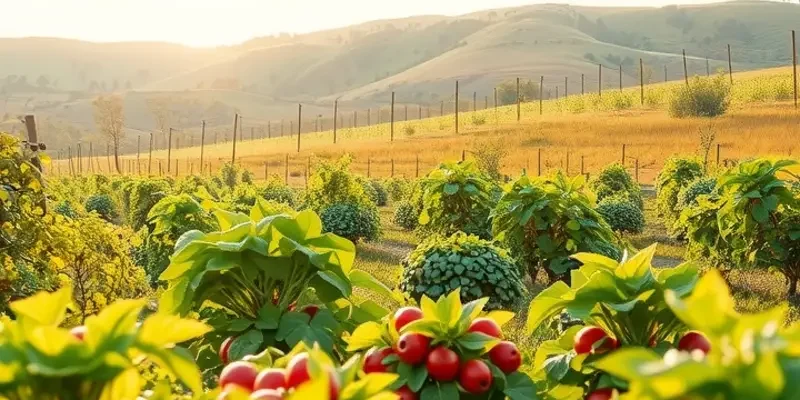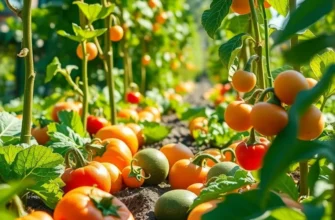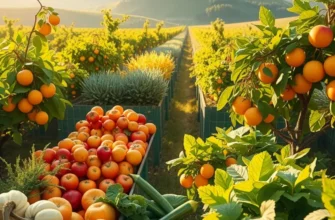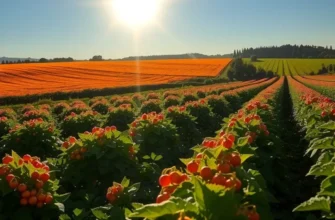Across the globe, pickling ceremonies are more than just a way to preserve food; they embody cultural heritage, community spirit, and the joy of sharing. From kimchi in Korea to sauerkraut in Germany, these rituals weave together food and culture, showcasing unique flavors while fostering connections. Join us on a flavorful journey that explores the rich tapestry of pickling traditions and the stories they tell.
The Global Palette of Pickling: A Cultural Journey
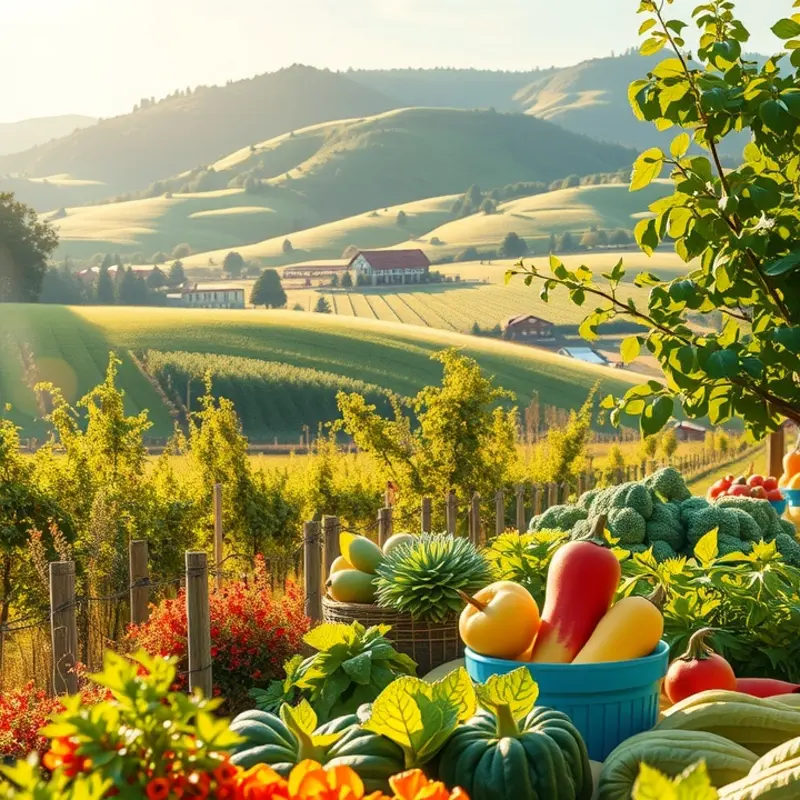
Throughout history, pickling has served not just as a method of food preservation but as a cultural tapestry interwoven with the traditions and celebrations of diverse communities. From the vibrant markets of Mumbai to the serene countryside of Poland, each culture adds a unique thread to the rich symphony of pickling.
In Japan, pickles or tsukemono hold a revered place, especially during seasonal celebrations such as the New Year’s feast. These pickles, often vibrant in color and packed with unique flavors, are traditionally prepared using ingredients like radishes, eggplants, and plums. One popular variety is umeboshi, salted Japanese plums, which are celebrated not only for their tart and salty flavor but also for their health benefits. It’s common for families to gather and prepare these pickles in a communal effort, symbolizing unity and the preservation of familial ties.
Transitioning to Eastern Europe, pickling becomes a key aspect of family gatherings, especially in the colder months. In countries like Poland and Russia, the art of fermenting cucumbers into crisp, tangy delights is passed down through generations. These pickles often involve simple, local ingredients such as garlic, dill, and horseradish, creating flavors that connect the present with past generations. The tradition of sharing these pickles at family dinners underscores the importance of community and continuity in Eastern European cultures.
Heading further west, in the Mediterranean, olives take center stage in pickling traditions. Countries like Greece and Italy transform this abundant crop into a delicacy soaked in brine or olive oil, accented with herbs such as rosemary and thyme. The art of curing olives requires patience and skill, often passed down through storytelling and oral history, reinforcing familial bonds and preserving cultural identities.
In India, pickling is nothing short of an art form, with a multitude of spices and flavors that variegate from one region to another. Mango pickles in the north, prepared with mustard oil and fenugreek seeds, contrast vividly with the fiery lime pickles of the south, doused in chili powder and roasted spices. Pickling in India transcends mere culinary practice; it is interlaced with rituals and ceremonies, marking the passing of seasons and the unity of households.
As we peer into the world of pickling, it’s clear that each culture molds its traditions, weaving local flavors into the larger narrative of preservation and unity. The connection between community and food is profound, drawing linkages between past and present, and celebrating diversity through simple acts of fermentation and preservation. For those interested in delving deeper into culinary influences across borders, exploring how trade has factored into the culinary evolution can provide further insights: Culinary Influences From Trade.
Pickling serves as both a window into a culture’s soul and a reflection of its values, offering a lesson in sustainability, patience, and respect for nature’s bounty. Every jar sealed embodies not just flavors but stories, bridging generations and geographies through the universal language of preserved produce.
Rituals and Celebrations: Pickling as a Community Tradition
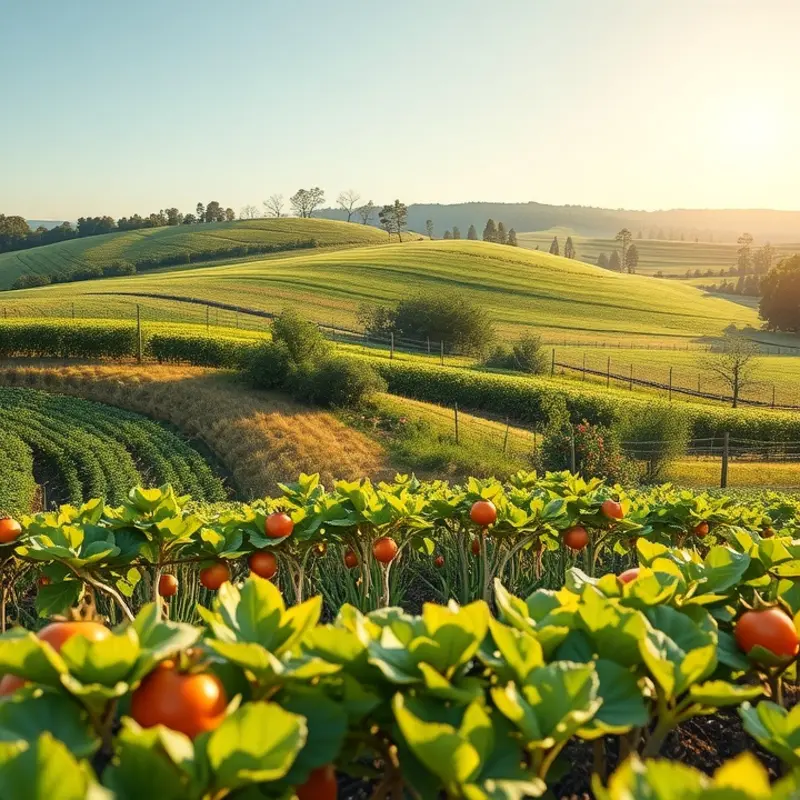
Communal pickling traditions reach far beyond preserving food—they encapsulate ties to ancestry and heritage. One of the most poignant celebrations is Korea’s annual kimjang festival, an event where communities partake in the meticulous art of making kimchi together. The preparation for kimjang begins even before radishes and cabbages are harvested. Around autumn, families and neighbors gather ingredients like napa cabbage, garlic, and chili peppers, which will later be transformed into the spicy, fermented dish central to Korean cuisine.
The festival itself is a vibrant demonstration of togetherness. Streets and homes become lively with bustling conversations and shared laughter as participants collectively chop vegetables, mix seasonings, and pack jars with care. This collective spirit is reminiscent of an extended family gathering, where each member contributes uniquely to the creation. This tradition not only ensures everyone’s pantry is stocked for the winter but also strengthens communal bonds, embedding each participant into a larger cultural narrative.
Throughout generations, such communal activities have been vital in communities worldwide. In Japan, tsukemono, or pickled vegetables, involve similar group efforts, especially during umeboshi crafting sessions in rural villages. Communities work together to harvest plums, anointing them with salt and setting them under the sun. Every frmation step, precise and rhythmic, mirrors traditional Japanese rituals, imbuing the process with a spiritual undertone that honors ancestors and nature’s cycles.
In India, pickle-making transcends from a mere household task to a communal affair. Families enter a flurry of activity during the mango season, gathering households to prepare the highly anticipated mango achaar. The blend of spices varies across regions, each recipe handed down through generations, preserving not just vegetables but legacies. Women, often the custodians of these recipes, guide the younger members, passing down not only techniques but stories of their forebearers, ensuring memories continue to thrive.
The collective engagement in these traditions emphasizes a crucial aspect of cultural preservation: the bonding and exchange of wisdom across generations. Each jar of pickles becomes a symbol of shared memories and an embodiment of cultural identity, tying present generations to their lineage. This notion of pickling as an act of preserving stories and kinship is explored across diverse cultures, highlighting their universal desire to connect with their roots.
Such community practices also play a significant role in fostering sustainable food traditions in line with eco-friendly kitchen practices. When large quantities are prepared and shared, food waste is minimized, and resources are optimally utilized. This eco-conscious approach harmonizes with modern sustainability efforts, marrying tradition with a conscience toward future generations.
Through these celebrations, the art of pickling defies the constraints of time, offering a comforting sense of continuity. It encapsulates tangible and intangible heritage and embraces both the ancient and contemporary in a single practice. As participants engage in these rituals, they weave themselves into the cultural tapestry, ensuring the art of pickling remains a living, breathing legacy. Each jar of pickles, therefore, is not just about food; it is about connection, memory, and enduring grace.
Final words
As we wrap our exploration of traditional pickling ceremonies, it becomes clear that these rituals are far more than culinary practices. They are rich, cultural tapestries woven with history, family ties, and community spirit. Each jar of pickles carries a narrative, symbolizing not only the preservation of produce but also the preservation of identity and heritage. Whether it’s the crisp crunch of a German dill pickle or the robust flavors of kimchi, these traditions reflect the heart and soul of communities worldwide. Engaging with these practices offers food enthusiasts and the culturally curious a deeper connection to the world around them, reminding us that food is a universal language that unites us all.

